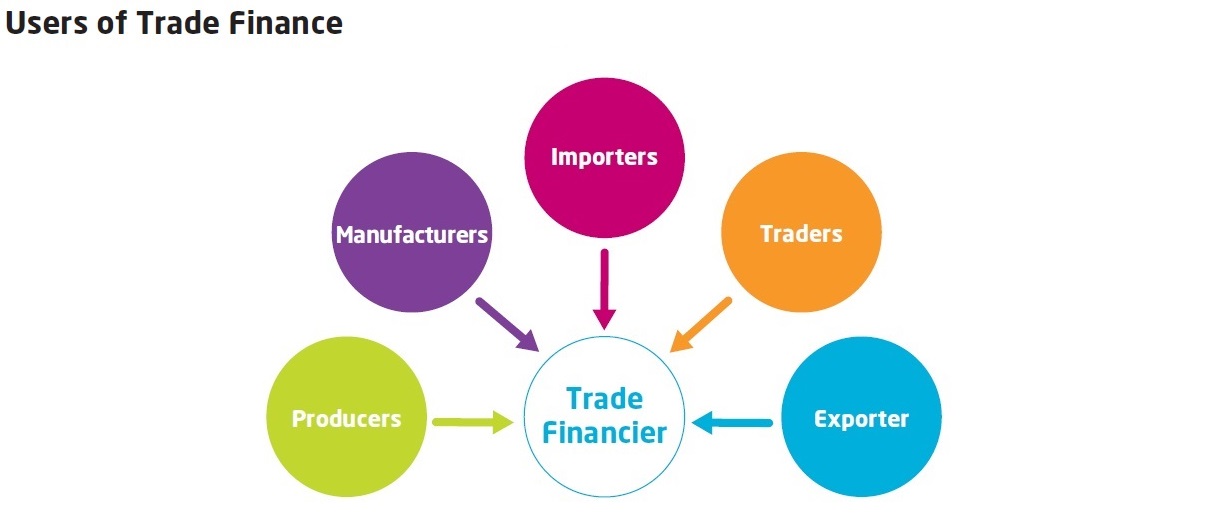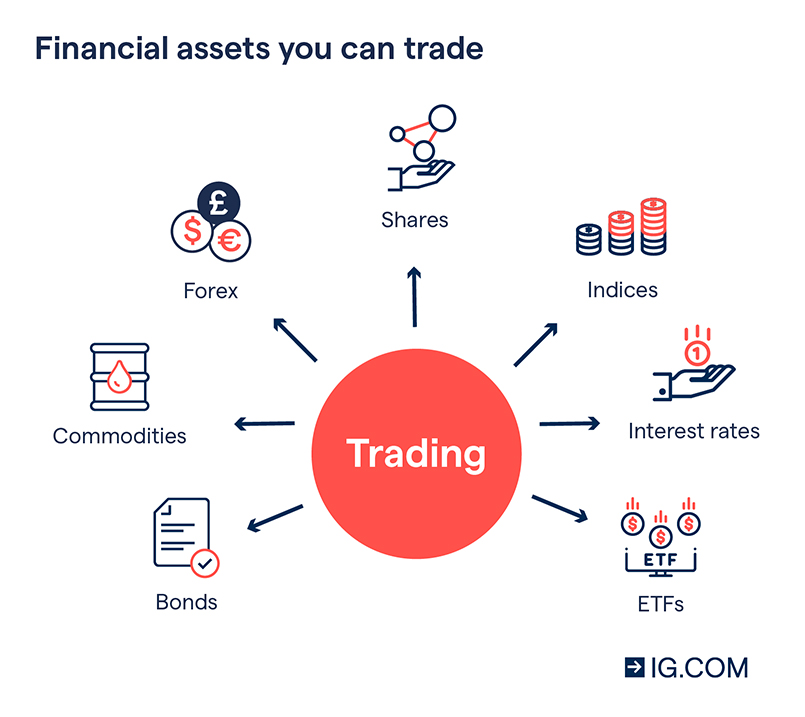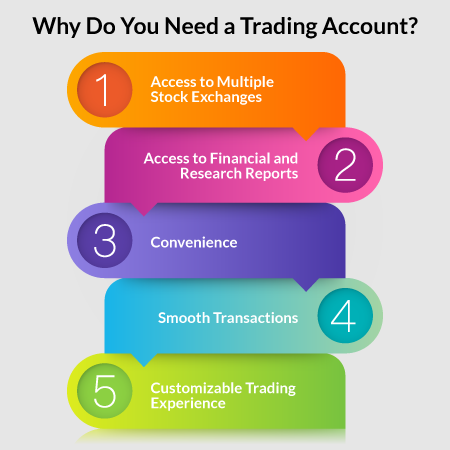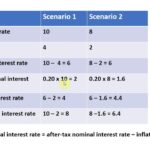After-hours trading is an increasingly popular way of trading stocks, bonds and other financial instruments outside of the regular trading hours of the major stock exchanges. With this type of trading, investors can access markets after the closing bell and take advantage of opportunities that may arise throughout the day. After-hours trading provides investors with more flexibility to trade in times of market volatility and to access markets that may not be open during regular trading hours. Whether you’re a new investor looking to learn more about after-hours trading or an experienced trader looking to take advantage of the benefits it offers, this article will provide you with all the information you need to know about after-hours trading.
What Are the Risks of After-Hours Trading?

After-hours trading can be risky for traders and investors alike. Not only do you have to be mindful of the limited liquidity, but also the fact that there is no central exchange or market maker. Without these entities, it can be difficult to get in and out of a position quickly and at a fair price. Additionally, there is no guarantee that your order will be filled, and there could be large spreads between the bid and ask prices. As the market is closed, news and information may not be current and this could lead to unwise decision making. Finally, since the market is open for a limited amount of time, it can be easy to make a snap decision that you may later regret. All of these risks should be taken into consideration when engaging in after-hours trading.
What Is the Difference Between Day Trading and After-Hours Trading?

If you’re looking to get into trading, it’s important to know the differences between day trading and after-hours trading. Day trading involves buying and selling stocks during the normal stock market hours of 9:30 AM to 4 PM EST. After-hours trading takes place outside of those hours and can be done on different exchanges or electronically. Day trading is typically more liquid since there are more buyers and sellers in the market. After-hours trading can be more difficult to buy and sell due to fewer participants and the lack of liquidity, but it can also be more profitable if you can find the right stocks. While day trading and after-hours trading both have their advantages and drawbacks, it’s important to understand the differences between the two before investing or trading.
How to Determine the Best Time for After-Hours Trading

When it comes to after-hours trading, timing is everything. Knowing when to buy and sell can make or break your success. To determine the best time for after-hours trading, you should consider the liquidity of the market, the volatility of the stock, and the risk involved. Liquidity refers to the ease of buying and selling a stock, while volatility is the amount of price movement. Make sure to research the stock you’re interested in and pay attention to the time of day when it’s most active. Also, be sure to consider the risk involved. After-hours trading can be risky, as you’re dealing with less liquidity and more volatility. If you’re a beginner, it’s best to start out small, and increase your position size as you gain more experience. By taking the time to understand the market and the risks involved, you’ll be able to make informed decisions and determine the best time for after-hours trading.
Tips for Maximizing Profits Through After-Hours Trading

After-hours trading can be a great way to maximize your profits. It’s important to know the rules and regulations of after-hours trading, as well as the risks associated with it. One tip for maximizing your profits is to limit your trades to those stocks you are already familiar with. You should also stay up-to-date on news and developments that could affect the stocks you are trading. Make sure to monitor the market carefully and set realistic expectations for your profits. Additionally, you should never invest more money than you can afford to lose, as there is always a risk of losing money in the stock market. Finally, be sure to use a reputable brokerage firm and keep an eye out for hidden fees or commissions. With the right strategies and a bit of research, after-hours trading can be an effective way to make money.
How to Use After-Hours Trading to Minimize Risk and Maximize Returns

When it comes to investing, after-hours trading can be a great way to minimize risk and maximize returns. After-hours trading allows investors to buy and sell securities outside of the typical trading hours of the major exchanges, generally between the hours of 4 p.m. and 8 p.m. EST. This can be a great way to take advantage of market swings that may occur outside of typical trading hours. To minimize risk, investors should do their research and understand the fundamentals of the securities they are interested in trading. This means understanding the company’s financials, learning about their competitive landscape, and becoming familiar with any news or events that could potentially affect the stock. Investors should also set reasonable expectations for their returns, understand their risk tolerance, and practice sound money management. By taking the time to do the necessary research and following a disciplined approach, investors can maximize their returns and minimize their risks when after-hours trading.



